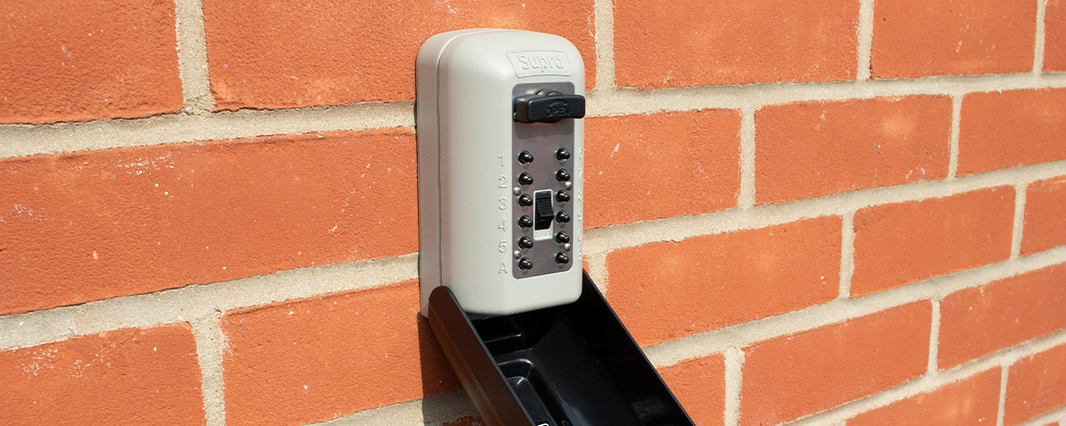November 30 is also known as St Andrew’s Day up in Scotland and to celebrate Careline365 will now give you a quick guide to Scotland’s official national day!
This special day has been a Bank Holiday in Scotland since 2006 and is also known as the Feast of Saint Andrew! We will now take a look back at the history of St Andrew’s day and find out why the Scots celebrate it.
Who was St Andrew?
According to Christian teachings, St Andrew was one of Jesus Christ’s 12 disciples. In fact, it is said that he became Christ’s first disciple, alongside his brother Simon Peter.
St Andrew was originally born in Bethsaida, Galilee, which is now part of Israel. Before becoming one of Jesus’ disciples St Andrew was a fisherman and it is believed that Jesus observed him and his brother whilst walking along the shore of the Sea of Galilee.
St Andrew was crucified in Greece on November 30, 60AD by the order of the Roman governor Aegeas. Unlike Jesus, St Andrew was crucified on a X-shape cross known as a saltire – which is now known as the symbol of the Scottish flag. It is believed that St Andrew requested this type of cross as he deemed himself unworthy to be crucified on the same type of cross that Jesus had.
His remains were moved to Constantinople, now known as Turkey, by Emperor Constantine 300 years later.
Alongside Scotland, St Andrew is also the patron saint of Cyprus, Greece, Romania, Russin, Ukraine, Bulgaria, Columbia, Saint Andrew Barbados, San Andres Island and the Ecumenical Patriarchate of Constantinople.
How and Why does Scotland celebrate?
It is said that relics of St Andrew were brought to the town that is now known as St Andrews in the eighth century. He was made the patron saint of Scotland during the Declaration of Arbroath in 1320.
It is believed that the King Oengus II prayed to St Andrew on the eve of a crucial battle against English fighters from Northumberland, around 20 miles east of Edinburgh. It is said that he vowed to appoint St Andrew as the patron saint of Scotland should he grant Scotland victory. On the day itself, it is said that clouds formed a saltire in the sky as the Scots fought to victory.
In modern-day Scotland, the country comes together to celebrate St Andrew. The national holiday usually sees many festivities such as traditional Scottish foods, parades, music and dancing. In Edinburgh, there is a full week of celebrations, whilst there are also huge parties in Glasgow and Dumfries.
The celebrations actually kick off Scotland’s Winter Festival season, which also includes Hogmanay and Burns Night – which celebrates the life of the poet Robert Burns on his birthday.
Happy St Andrews Day
Happy St Andrews Day to everybody in Scotland and the residents of other nations around the world who celebrate this day. Don’t forget that for more information about our personal alarm systems please give our guide a read or give our team a call on 0808 304 4240 today.









